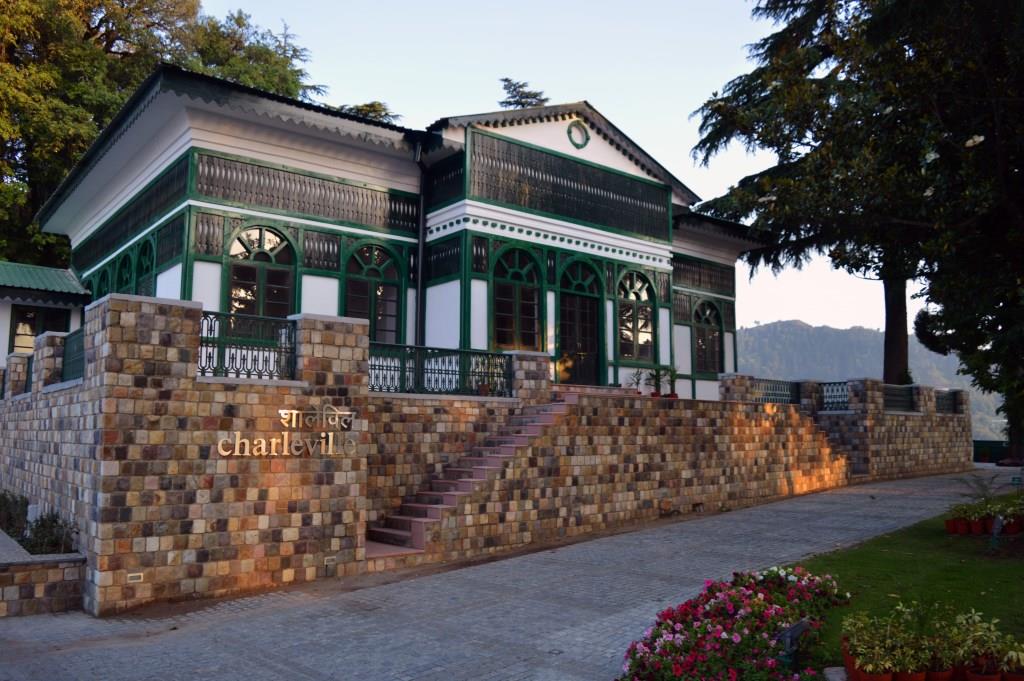General Studies – II
Health
1)Health spending by the Centre and States must be hiked significantly to deal with various diseases. Do you agree with this view? Comment (200 Words)
Refer - Business Line
Polity
2)Higher voter turn out in the country should come with sufficient safeguards. Analyse (200 Words)
Refer - The Hindu
Government Policies
3) Evaluate the significant progress that has been made in PM Gati Shakti, highways expansion and PM Awas Yojana. (200 Words)
Refer - Business Line
International Relations
4) The country needs to sharpen the existing geo-political faultlines in the south asian region. Discuss (200 Words)
Refer - The Hindu
General Studies – III
Economy
5) Analyse the impacts of returns on the increased returns on various small savings schemes. (200 Words)
Refer - The Hindu
Enrich the answer from other sources, if the question demands.

IAS Parliament 3 years
1) KEY POINTS
· India’s competence in dealing with Covid should be replicated with respect to other endemic diseases such as tuberculosis, malaria, cholera and heart disease.
· It was heartening to see the Economic Survey 2020-21 recommend an increase in public spending on healthcare services from a measly 1 per cent to 2.5-3 per cent of the GDP as envisaged in the National Health Policy, 2017.
· Such expansion can combat health emergencies while reducing the staggering Out-of-Pocket Expenditure (OOPE) which is close to 65 per cent of the overall healthcare spend in India.
· Expenditure on health by the Centre increased from about Rs 53,000 crore in 2017-18 to nearly Rs 86,000 crore in 2021-22, a rise of 62 per cent.
· The proportion of Central and State health spending to GDP has risen from 1.4 per cent to 2.1 per cent over this period.
· If the learnings of the pandemic in terms of public spending outcomes are to be taken seriously, the Centre should show the way in stepping up health spending by 0.5-1 percentage point of GDP.
· Meanwhile, only a handful of provinces including Delhi, Assam and other north-eastern States have progressed towards better provisioning of the sector.
· The Delta wave last year overwhelmed India’s crumbling health infrastructure, in the northern States in particular.
2) KEY POINTS
· Given the regional variations in demographic trends and economic opportunities, India has a high rate of migration, which doubled in the census decade of 2001-2011.
· Migrants often see their political and economic rights compromised at their place of origin and residence.
· The Election Commission of India (ECI) has now proposed a mechanism to facilitate remote voting for domestic migrants.
· The Remote Electronic Voting Machine (EVM) prototype can be used for up to 72 constituencies simultaneously from a single, remote polling booth.
· A concept note by the Commission takes into account the legal, operational, administrative and technological challenges at hand.
· Voter participation is comparatively high in India; yet, in 2019, one in three voters did not turn up.
· While there is no technical basis for allegations of fraud in the current, single-constituency, non-networked EVMs, public trust in them has never been lower than it is today.
· The ECI’s ambitious plan comes against this backdrop of public scepticism about its own impartiality and, less justifiably, about the reliability of the EVMs.
· Even the ECI had expressed doubts about the practicality of remote voting rights for migrants in the past. Meanwhile, there is also an active demand for voting rights for Non-Resident Indians.
5) KEY POINTS
· The government increased the returns on some small savings schemes for the first quarter of 2023 by 20 basis points to 110 basis points, or 0.2 to 1.1 percentage points.
· Returns on the popular long-term savings avenue, the Public Provident Fund (PPF), have been left unchanged at 7.1%, prevailing since April 2020 when they were slashed from 7.9% at the onset of the pandemic.
· Reserve Bank of India had estimated that the returns on the PPF should have been 7.72% and the Sukanya Samriddhi Scheme at 8.22%.
· Having adopted a formula-based approach to resetting small savings rates every quarter since 2016, the government must not resort to selective implementation.
· Investments in PPF, for instance, are in any case capped at Rs 1.5 lakh a year and overall deposits are far lower than bank deposits, if boosting the latter to ensure healthy credit availability for industry was a concern.
· Inflation in general has been elevated since the 2020 rate cuts and was above the 6% tolerance threshold through most of 2022, accompanied by sharp interest rate hikes.
· Households have also grappled with income losses and higher health expenses through the past two and a half years, and deserve better.

REESHITHA J 3 years
gov scheme

IAS Parliament 3 years
Try to provide a comprehensive conclusion. Keep Writing.
GOPAL KRISHNA DWIVEDI 3 years
Pls review & kindly provide valuable feedback

IAS Parliament 3 years
Good attempt. Keep Writing. Try to include case studies in all your answers.

K. V. A 3 years
Q 5

IAS Parliament 3 years
Good attempt. Keep Writing.
PANDI SANTHOSH RAJA S 3 years
KINDLY REVIEW

IAS Parliament 3 years
Good attempt. Keep Writing.